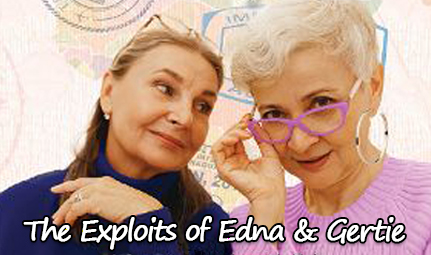When children are learning to read, the entire process is a bit like solving a mystery . There are clues all along the way in the form of pictures, known word chunks, the characters and their actions. Add to that the genre of the story which will add even more clues: for example when reading a fairy tale the reader should expect to see words like castle, princess and giant.
Solving a mystery can be fun. Or, it can be overwhelming. What can we do to help children when they’re becoming frustrated with “solving the mystery?” When I read with my youngest grandson I often tell him, “We’re going to read with our eyes, but we’re also going to read with our brains.” What I mean by that is we’re going to figure out hard words and ideas using all the clues available.
Let’s say we’re reading a story about a day at the beach. We’re going to read about sand and sea and everything related. When our reader sees the word ocean, he’ll probably solve it easily. It starts with o, it means a big expanse of water and it makes sense. Ditto with barefoot. If he looks all the way to “foot” and thinks about walking on the sand he’ll solve the mystery. With any luck there will be a picture to help.
When you’re supporting a young reader, you can help by supplying some of the clues. You can say things like “Does that make sense?” Or “I see kids playing on the beach. I wonder what they’re building?” With that prompt the reader will probably make the connection and solve the word, sandcastle.
Reading is thinking. And when the clues lead to solving the mystery it’s a beautiful thing.



 The Exploits of Edna and Gertie Join the fun, get your copy now!
The Exploits of Edna and Gertie Join the fun, get your copy now!